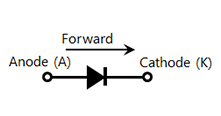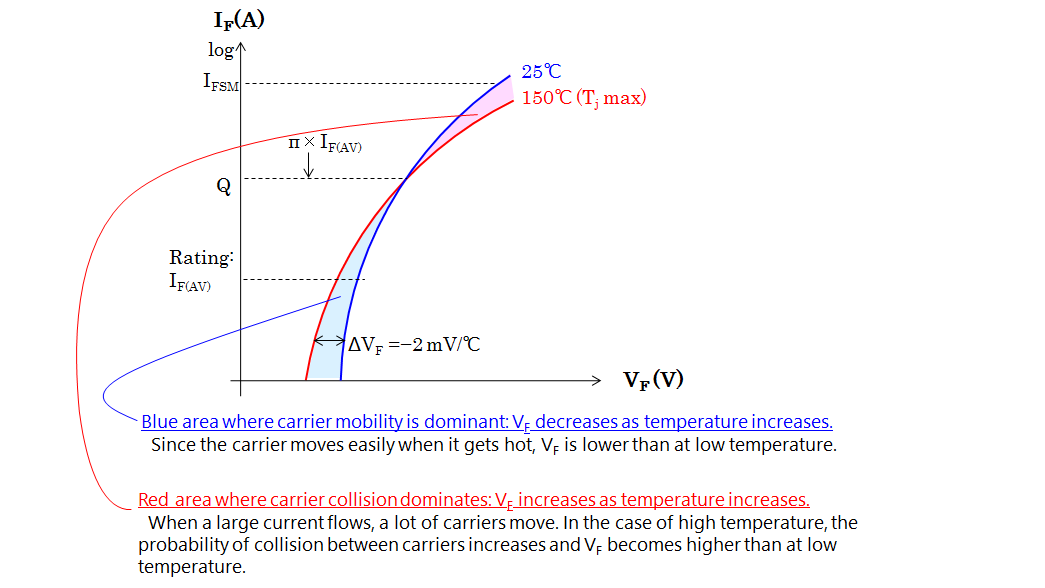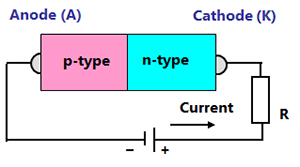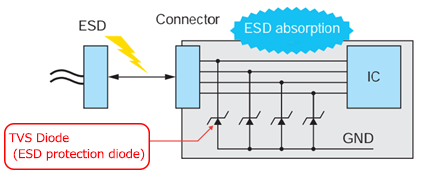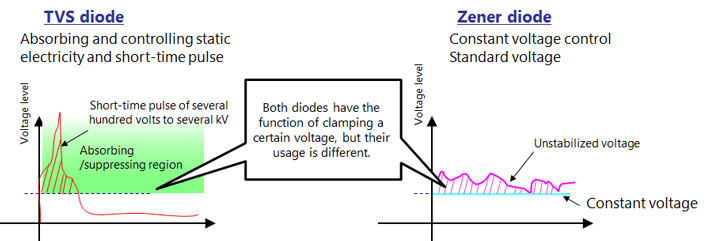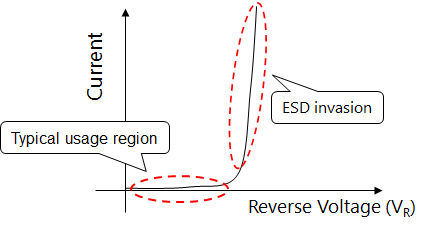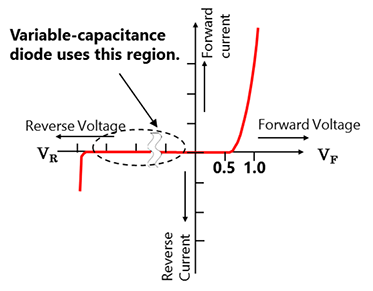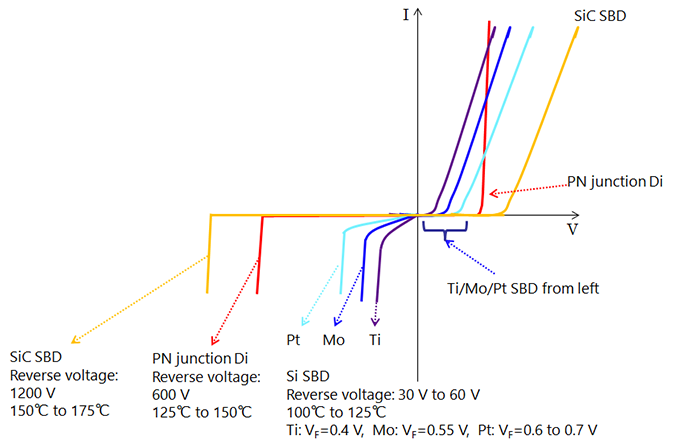- 型号 & 关键词搜索
- 交叉搜索
- 参数搜索
- 库存查询与购买
This webpage doesn't work with Internet Explorer. Please use the latest version of Google Chrome, Microsoft Edge, Mozilla Firefox or Safari.
请输入3个以上字符 Search for multiple part numbers fromhere.
The information presented in this cross reference is based on TOSHIBA's selection criteria and should be treated as a suggestion only. Please carefully review the latest versions of all relevant information on the TOSHIBA products, including without limitation data sheets and validate all operating parameters of the TOSHIBA products to ensure that the suggested TOSHIBA products are truly compatible with your design and application.Please note that this cross reference is based on TOSHIBA's estimate of compatibility with other manufacturers' products, based on other manufacturers' published data, at the time the data was collected.TOSHIBA is not responsible for any incorrect or incomplete information. Information is subject to change at any time without notice.
请输入3个以上字符
肖特基势垒二极管(SBD)金属的差异
下载“第Ⅱ章:二极管” (PDF:895KB)
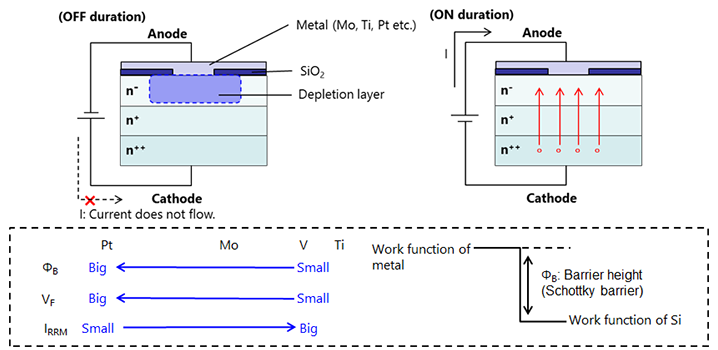
对于SBD而言,半导体由n型层组成,因此金属充当二极管的阳极。同样地,只有电子是载流子,SBD变成了类似MOSFET的单极元件。
硅的能级不同于金属(能隙)。该能级因金属元素而异。符号ΦB用于表示不同的能隙。Pt(铂)是一种具有大能隙的金属。V(钒)或Ti(钛)是具有小能隙的金属。采用ΦB大的金属,泄漏电流小,但是正向电压VF大。采用ΦB小的金属,则情况相反。



